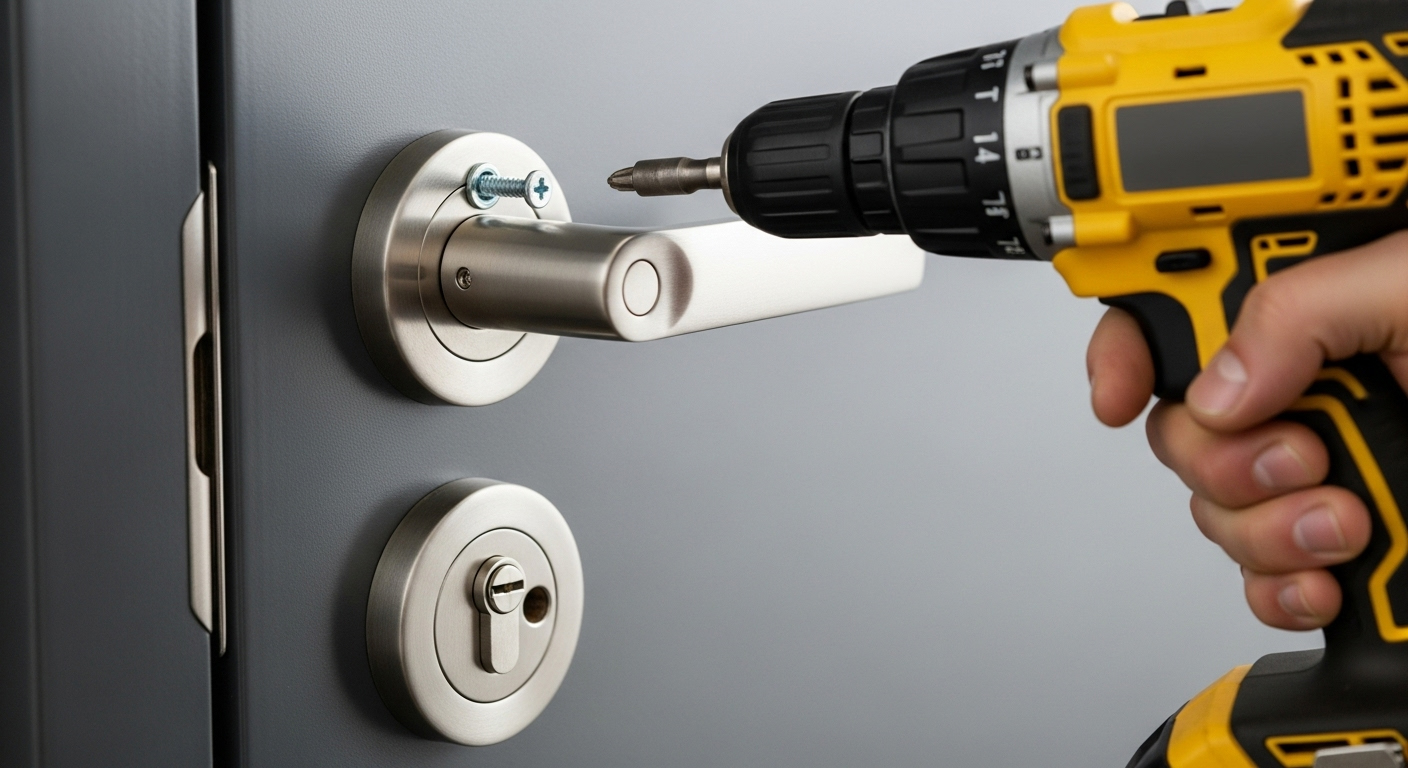When new tenants move into a rental property, ensuring their safety and security is one of the most important responsibilities for a landlord or property manager. A secure property not only protects the occupants’ belongings but also provides them with peace of mind. Whether it’s a single apartment or a multi-unit building, taking proactive steps to improve security helps maintain a good relationship between landlords and tenants, and reduces the risk of break-ins or property damage.
1. Change or Rekey the Locks
One of the first and most crucial steps is to change or rekey all entry locks before the new tenants move in. You never know how many copies of the old keys are still in circulation. By updating the locks, you ensure that only the new tenants have access.
2. Inspect and Upgrade Door Hardware
Check all doors for sturdy construction and ensure they have deadbolts in addition to standard locks. If necessary, install reinforced strike plates and high-quality door hardware. This makes forced entry more difficult and increases security.
3. Secure Windows
Windows are often overlooked as entry points for intruders. Install or inspect window locks, and consider adding security film or window bars for ground-level units. Well-secured windows not only prevent break-ins but also improve tenant safety.
4. Install Adequate Outdoor Lighting
Motion-sensor lights around entrances, walkways, and parking areas deter potential intruders. Good lighting also increases visibility for tenants, reducing the risk of accidents and improving the sense of safety.
5. Consider a Security System
For higher security, consider installing a monitored alarm system or smart home security features. Even a simple camera system can be an effective deterrent and provide valuable evidence in the event of an incident.
6. Maintain Landscaping
Overgrown bushes and trees can create hiding spots for intruders. Keep landscaping trimmed and maintain clear sightlines around windows and doors. This not only boosts curb appeal but also reduces potential security risks.
7. Provide Tenants with Safety Guidelines
Educate new tenants about basic security practices, such as locking doors and windows, using peepholes before opening doors, and reporting suspicious activity promptly. Knowledgeable tenants are more likely to take security seriously.
8. Secure Shared or Common Areas
If the property has shared laundry rooms, storage spaces, or garages, ensure these areas have secure access points. Keypad locks, access cards, or keyed entry help control who can enter these spaces.
9. Inspect and Maintain Regularly
Security measures are only effective if they’re kept in good condition. Schedule regular inspections to check locks, lights, alarms, and cameras. Promptly repair or replace any damaged security equipment.
Securing a rental property for new tenants is a smart investment in safety, tenant satisfaction, and property value. From changing locks to installing modern security features, each step you take helps create a safer living environment. By prioritizing security, landlords and property managers can build trust with tenants and reduce the likelihood of future security issues.

